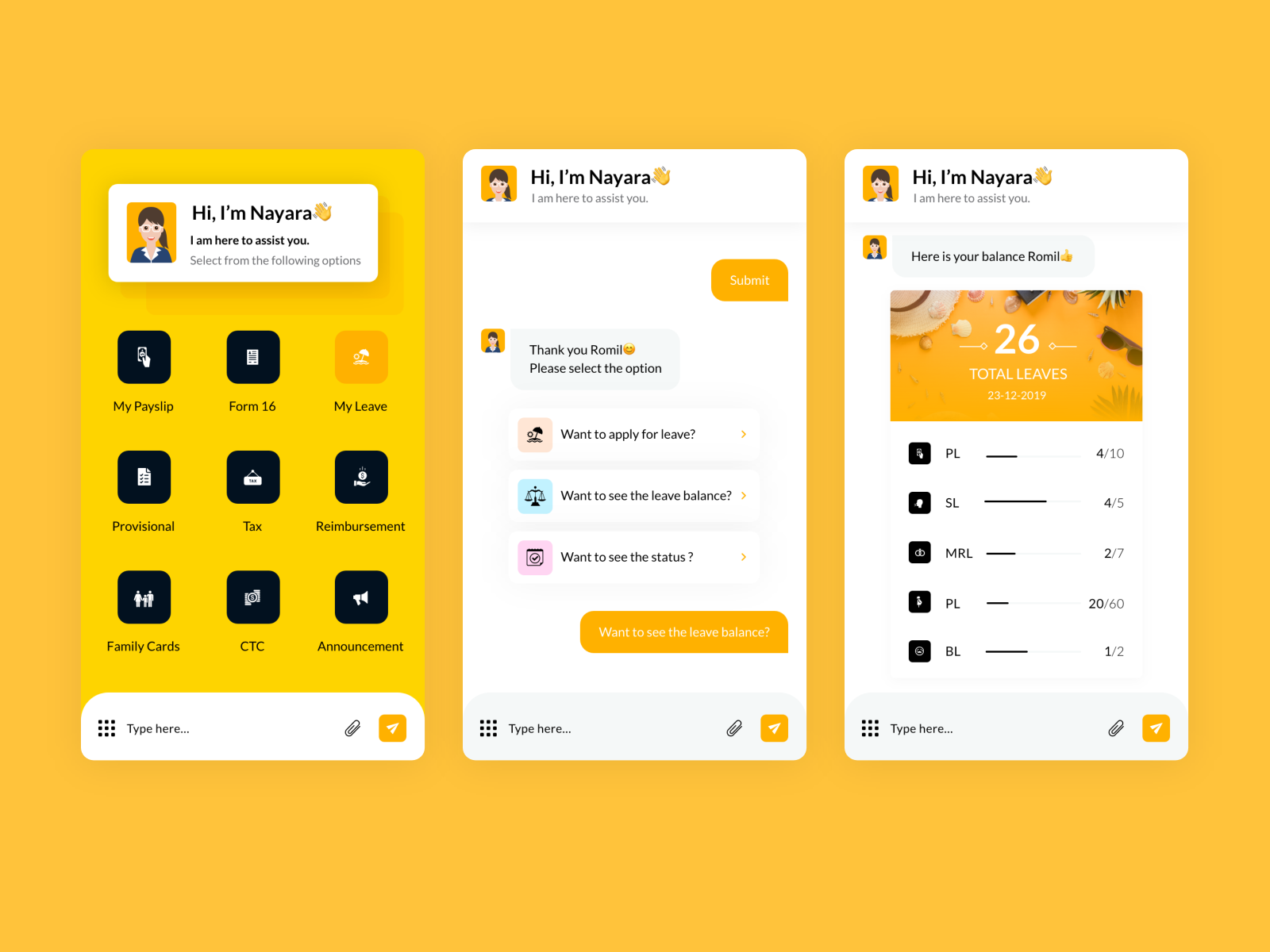Table Of Content

Think everything from heath-care management to advanced cyber-physical security to complex energy systems. Our project-based approach gives you lots of opportunity to apply your learning to real problems in a wide range of industries. Plus you’ll graduate with two full years of paid work experience through North America's largest co-op program. You’ll examine the people, materials, tools, software, and other factors involved in any engineering problem. You’ll learn to look at the system as a whole and assess how one change will affect another element, using a variety of modelling, analysis, and design methods. We also look in this module at some simple requirements engineering tools and illustrate how they might be useful to you.
Key Concepts in System Design
Indexes can be created using one or more columns of a database table, providing the basis for both rapid random lookups and efficient access of ordered information. While indexes dramatically speed up data retrieval, they typically slow down data insertion and updates because of their size. When it receives a request, the application knows where to route the request. This means that it has to look through less data rather than going through the entire database. They also keep our databases normalized, which ensures that data redundancy is low. When data redundancy is low, we can decrease the amount of data anomalies in our application when we delete or update records.
Courses Required for HFE MS Research
An interdisciplinary engineer's adventures in tech art Systems Design Engineering - University of Waterloo
An interdisciplinary engineer's adventures in tech art Systems Design Engineering.
Posted: Wed, 17 Jan 2024 00:56:33 GMT [source]
REST APIs take advantage of HTTP methodologies to establish communication between clients and servers. REST also enables servers to cache responses that improve application performance. Data partitioning is a technique that breaks up a big database into smaller parts.
Scalable web applications
Cloud computing allows access to services like storage or development platforms on-demand via internet-connected offsite data centers. The cloud computing model not only addresses the problems that occur with on-premises systems, but also is more cost-effective, scalable, and convenient. Google File System (GFS) is a scalable distributed file system designed for large data-intensive applications, like Gmail or YouTube. GFS is designed for system-to-system interaction, rather than user-to-user interaction. The architecture consists of GFS clusters, which contain a single master and multiple ChunkServers that can be accessed by multiple clients. System design requires a systematic approach to building and engineering systems.
Requirements
The Cisco Meraki Solutions Specialist certification validates your ability to design, implement, and operate Meraki technologies. Whether you’ve been tasked with implementing AppDynamics software or are responsible for setting up a monitoring dashboard, you’re sure to find certifications that align with your role. Proves your ability to configure, verify, and optimize next-gen service provider IP network infrastructures.
The Department of Systems Design Engineering is a globally unique interdisciplinary department with flexible and innovative programs dedicated to the study of complex systems and their design. Whether you’re interested in servers and hardware, network security, or software development, your dream role is out there - and a certification can help pave the way. Certify that you can design and implement cloud connectivity, including architecture models, IPsec, and Software-Defined Wide Area Network (SD-WAN) solutions. This certification validates your skills and knowledge of entry-level concepts. Our interdisciplinary work not only solves applied problems, but also enriches our research base.
Construction, Production, and Utilisation

A message queue is a queue that routes messages from a source to a destination, or from the sender to the receiver. Message queues facilitate asynchronous behavior, which allows modules to communicate with each other in the background without hindering primary tasks. They also facilitate cross-module communication and provide temporary storage for messages until they are processed and consumed by the consumer.
Thus, in the communications field the principal systems were some long-distance transmission systems that had been initiated before the war and had been interrupted by war activities. A second major source for systems engineering is operations research, which originated in a recognizable form in Britain during World War II and initially was concerned with the best employment of military equipment. Typical examples included determining the best employment of a given number of bombers, the best way of arranging convoys against submarine attack, and the best way of using interceptors against a bombing attack. Operations research was effective in such cases and has flourished ever since in both civilian and military contexts. At its essence, system design is the blueprint that transforms concepts and requirements into tangible software structures.
SERVICES
In the next 30 years, we aim to train over 10 million more people in our pledge to close the IT skills gap and reshape diversity in the tech industry. A grade of “C” or better must be achieved in all of the courses required for the major. Applicants in the competitive admission pool are evaluated for cohort readiness by checking for completion of Preferred Requirements. Preferred Requirements are considered satisfied if the course will be complete prior to the start of the AVEP cohort or can be reasonably completed during the first semester of the program. Any applicant who meets both the CSU Transfer Eligibility requirements and the Major Specific Transfer Requirements will be entered into a competitive admission pool for the BS in Mechanical Engineering - Antelope Valley major.
The techniques used in the handling of the complexities of large software-intensive systems have had a major effect on the shaping and reshaping of the tools, methods, and processes of Systems Engineering. Once the requirements are understood, it is now the responsibility of a systems engineer to refine them and to determine, along with other engineers, the best technology for a job. At this point starting with a trade study, systems engineering encourages the use of weighted choices to determine the best option.
All containers on a host share that host’s operating system, which frees up a lot of system resources. Docker is an open-source containerization platform that we can use to build and run containers. REST APIs are API implementations that adhere to REST architectural principles. They act as interfaces where the communication between clients and servers happens over HTTP.


















